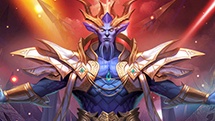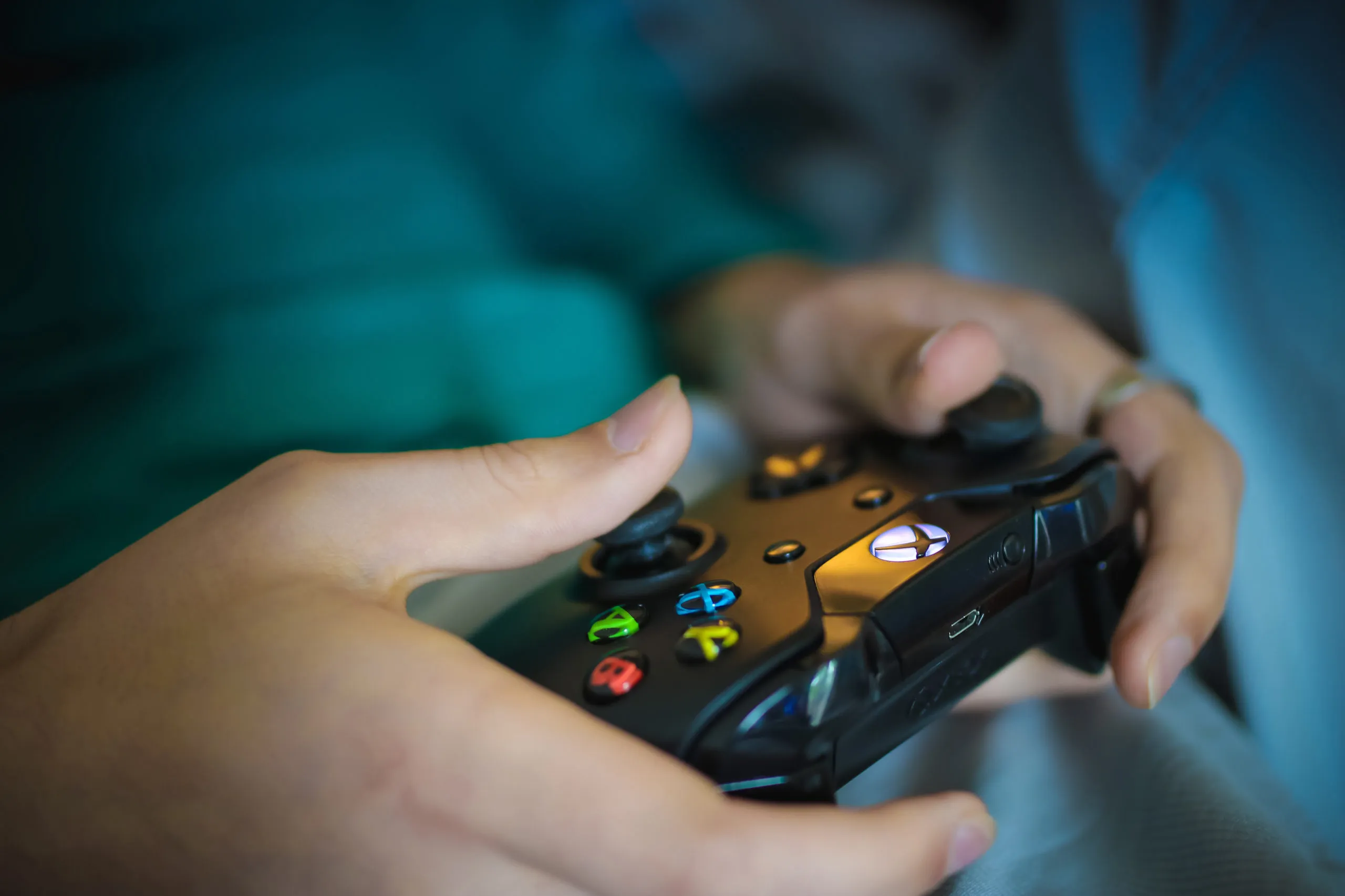by Jason Parker (Ragachak)
Just because you love something, and a lot of people you know love something, does not necessarily make it good. One of these games that simply does not hold up, despite loving it to pieces, and it still being fun, is Secret of Evermore, by Squaresoft. But the important catch is it was made by a new team, an American team, to create a more Western Secret of Mana. But the downside is that they did not have access to the game engine that Secret of Mana used, so they had to recreate it on the fly. It’s a more modern RPG in terms of setting, and theme, instead of the very fantasy-based Secret of Mana/Seiken Densetsu. It’s a tale of a boy and his dog, as he get warped away from their hometown (quaintly named Podunk, USA) thanks to a malfunctioning scientific device. So they go from a prehistoric area, an Egyptian-styled area, a Futuristic area (Omnitopia and the Toaster Dog!) and more. Each time they go to a new place, the dog evolves and adjusts to change to this area, which is pretty awesome, even if I do not believe it was explained.
In the 1980s, when Nintendo was in the process of really making a global brand, whenever they created a sequel to a franchise, they did something different, something wildly different. This is true in many cases (even Mario, if you count SMB2 USA, which I do. It came out over here instead of SM2J). Zelda 2 was a side-scroller. Metroid 2 had a list of Metroids to kill and was arguably much more difficult. There were lots of experimentation and changes to make sure things were not stale. The end result was in this want to create a “Western” Secret of Mana, they created a pretty bold, blatant rip-off of the game. And while yes, I love, if not adore Secret of Mana, its “Ring” system was new, different and unique. However, it was also frustrating, never being quite sure which direction I was supposed to go in it, or having to spend so much time cycling through menus, figuring out which one I needed to be in. So they had to re-create it from scratch, and it’s not as smooth or fluid as the original was, unfortunately.
Then there’s the “Magic” System or the Alchemy System in this case. It’s a really ground-breaking system, where you combine two physical items to create the spell. The game teaches you most of what you need to know about it and teaches you the spells you will be using. That’s great, right? Right. A lot of the components you can buy, but there are more rare ingredients that it’s not really clear where you get them, and when you do, you get them in incredibly small amounts. Most of the ingredients were expensive, and if they weren’t, they were hard to find as I said. So leveling Alchemy was infuriating, not to mention ineffective at early levels. These ingredients were seldom sold in many places, so you really had to have your eyes open and your wallet full, or you’d be put into positions where you were just out of luck because you couldn’t cast a spell one more time. It was a fantastic idea, but they made it arbitrarily difficult with how the lack of easy to find alchemical components.
In Secret of Mana, you could at least level entire schools of magic (Undine, Shade, et cetera) by leveling just one spell. In this game, you had to level every single ability individually, and the same is true for weapons. Each weapon had to be leveled individually, and I believe, if you did not level a weapon (to 3) completely, it goes to waste. It was such a weird system, and it did not feel as strong as the weapon system in Secret of Mana. Now, Secret of Mana’s weapon system had its own flaws, such as the worthlessness of the “Charge” system. In both games, you can charge your weapon to do more hits/more damage, depending on the level of that weapon. The downside to Secret of Mana’s is that while you can get like 8/9 levels, so many enemies have incredibly high evasion stats, so those charge times become worthless. It’s better to just hit attack, wait for it to hit 100, and then swing, get that big number without wasting inane amounts of time on something that probably won’t work anyway. Don’t gamble. It didn’t feel that great in Evermore either, so that’s not an improvement.
Not to mention that the final boss was not only a dead giveaway but easy. Very easy. There were regular encounters in the game that felt harder, especially towards the end of the game in the Omnitopia area. It only feels hard if you weren’t able to level your Alchemy, and/or have the right ingredients/aren’t a high character level. But the challenge simply isn’t there for the final encounter and damnit, it should. The story is solid to me, but incredibly hokey. People who aren’t fans of cheap B-Movies and bad puns will not enjoy this story one bit. But I, however, did enjoy them, a lot actually. There is one other major boon this game has that Mana lacked, and that’s localization! It didn’t need it! As a game made in America, we didn’t have to fret with re-translating, which as anyone who has played JRPGs in the 80s/90s, localization is an absolute damn nightmare. This is not to say that Secret of Evermore is bad because it isn’t. It’s a time-tested title, with an amazing idea. What made Secret of Mana so revolutionary in its system is controlling three characters. Knocking it down to one made it less … impactful? It is definitely a game worthy of narration, worthy of play, but there are definitely issues that would make someone who is playing it for the first time enjoy it less than they might have back in the 90s.








